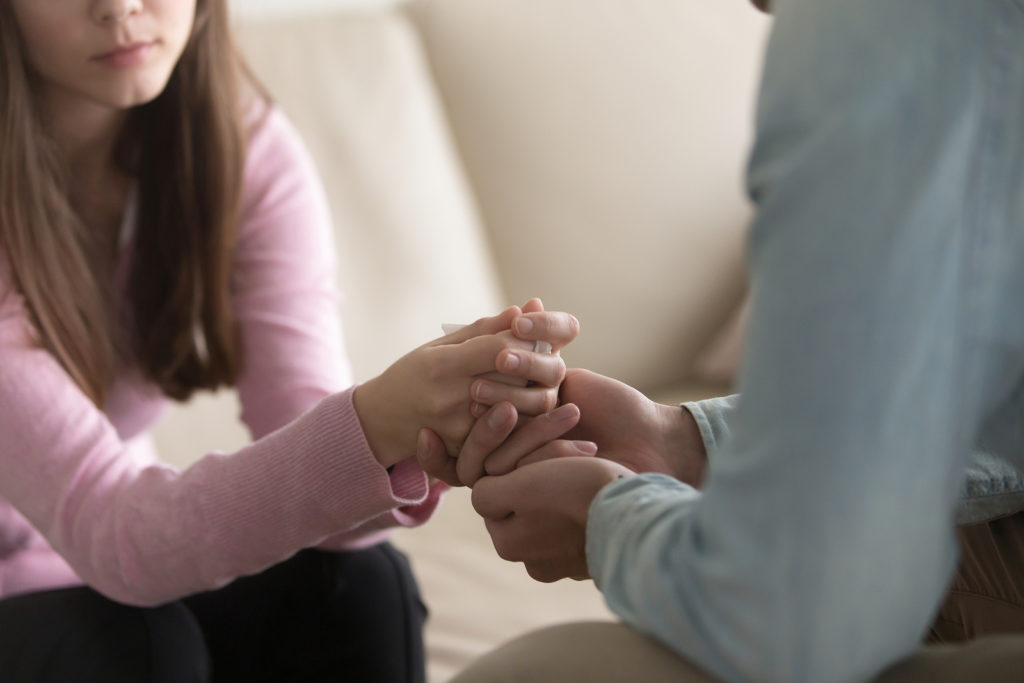Most of the intellectual, emotional, and physical energy devoted to people with autism spectrum disorders focuses on their behavior and their understanding of the world. There is another component.
Our behavior and our understanding of them.
Imagine you were just as intelligent as everyone around you but functioned differently. You lacked the ability to communicate, to read social cues, or relate to others. Imagine that commonplace noises caused you physical and emotional distress.
Now imagine that, instead of removing those noises, or allowing you to escape them; instead of treating you with compassion for your deficits and disabilities; instead of making an effort to help you communicate your needs, people ridiculed you, shunned you and forced you to endure what causes you pain.
For many people with autism, that is their daily life. In my book, Autism Matters, I tell the story of Jared, a young man tormented by schoolmates. He complained, “They said I had poor social skills, but what about the kids who were bullying me; don’t they have poor social skills?”
More than social skills, many mistakenly assume people with autism have intellectual deficiencies. Some do, just as some neurotypical people do, but many autistic people are extremely intelligent. They must contend with that stigma on top of the challenges of their condition. “I have to work 10 times as hard as you,” Jared noted, “to be taken seriously.”
There are many examples of eminent scholars who have autism spectrum disorders, the most famous of whom is Dr. Temple Grandin, a professor of animal science at Colorado State University and a renowned consultant to the livestock industry. Dr. Grandin has been the subject of books and movies, but she is hardly alone among people with autism in her intellectual accomplishments.
We need to look no further than the very first person diagnosed with autism to appreciate the power of a compassionate community. Don Triplett, now 86, had the good fortune to be born into a prominent family in a small town. As autism’s Case 1, Triplett attained some notoriety and the support of the townspeople of Forest, MS, where everyone is his friend, and more importantly, his protector.
Others of that generation who today function in mainstream society are beneficiaries, like Triplett, of parents who refused to institutionalize them and instead demanded that they are treated like people.
That kind of compassion and understanding can alter the life of a person with autism, but it requires that neurotypical people rise above their basest instincts and find the best of their own humanity.
We have come a long way in science and in the general public in our understanding of autism and we have a long way to go. On both fronts, we have a responsibility to improve our knowledge so that the next generation of Jareds don’t have to endure the outrages he suffered. For the autism services industry, increasing community understanding of autism will be a continuing challenge going forward.
There have been many examples of community members or public officials reacting to with ignorance to people with autism – whether to a meltdown or a lack of communication – with disastrous results, even as disastrous as death. These represent the glass half empty side of the equation.
On the glass half full side, I detail in my book the story of author Russell Lehman, whose emotional outburst in response to flight delays at an airport drew a sympathetic response from an American Airlines ticket agent. Witnessing Lehmann’s tantrum, the agent comforted him and helped him calm himself, board the plane and reach his destination.
I look forward to the day when that is the norm and not a remarkable story worthy of inclusion in a book.
